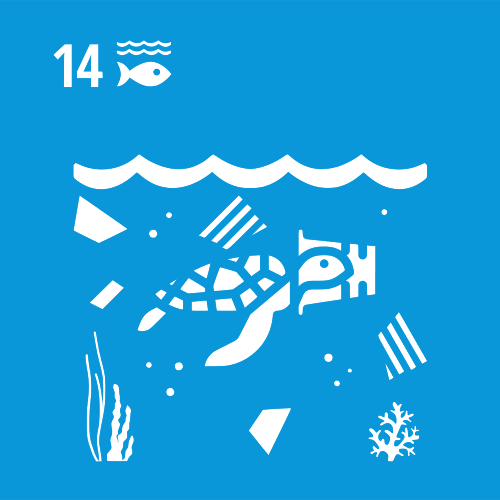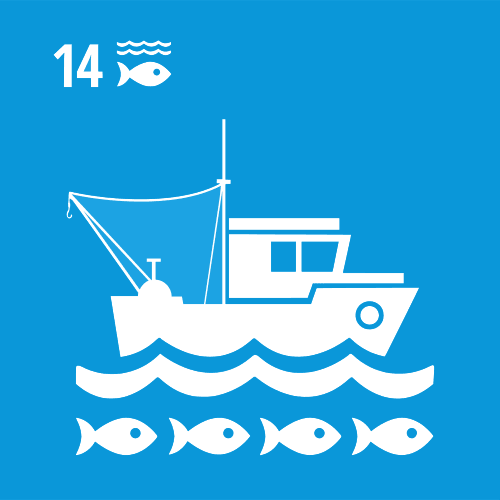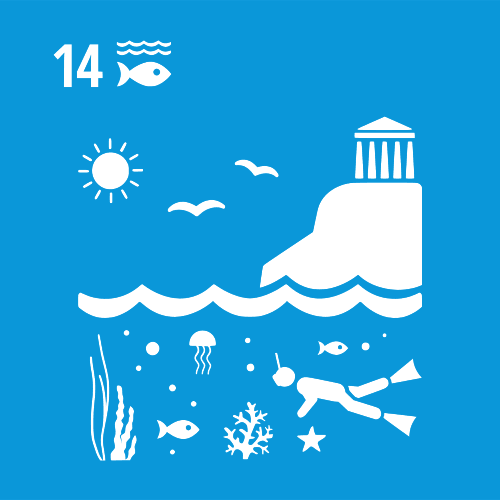Life below water: Conserve and sustainably use the oceans, seas and marine resources for sustainable development.
Oceans and seas cover more than two-thirds of the earth’s surface and contain 97% of the planet’s water. They provide us with an important source of food and other natural resources, including medicines, biofuels and other products. The marine environment is, therefore, an important source of jobs (fishery, tourism, etc.) and coastal areas are great places for living and recreational activities. However, oceans, seas and marine resources are increasingly being degraded by human activities that harm marine life, undermine coastal communities, and negatively affect human health. SDG 14 aims to conserve oceans and ensure their sustainable use by implementing international law and developing activities to safeguard marine and coastal ecosystems, as well as prevent and reduce marine pollution.
Even if we don’t live close to the sea, we all contribute to the degradation of life below water: our waste is found in massive floating garbage islands in several parts of the ocean, our behaviour as seafood consumers can contribute to overfishing, our choice in tourism destinations and activities can impact marine habitats. Becoming aware of and understanding the links between human activities and marine ecosystems can help to limit human impact: we can buy only sustainably harvested fish, we can reduce our use of plastics, we can select our holiday destination and take part in beach cleaning. There are many ways to get involved!










